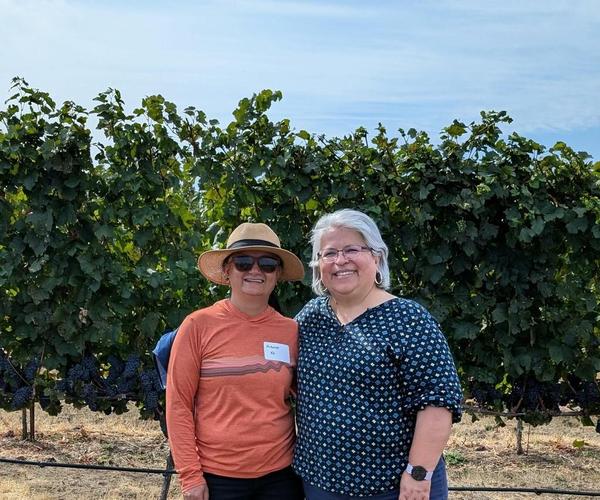
Why Trump can't stop Biden's climate legacy
Since taking office, President Donald Trump hasn’t wasted time unraveling Joe Biden’s climate legacy. He’s signed executive orders directing his administration to pull out of the Paris Climate Agreement, end offshore wind leases, root out environmental justice programs, and declared a “National Energy Emergency” to encourage more fossil fuel production.
But many of Biden’s climate policies won’t be unglued easily. Some regulations, like the Biden administration’s fuel efficiency standards, may...
But many of Biden’s climate policies won’t be unglued easily. Some regulations, like the Biden administration’s fuel efficiency standards, may...























